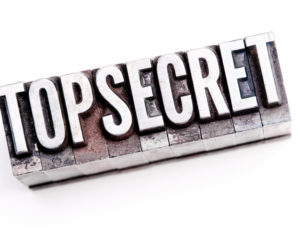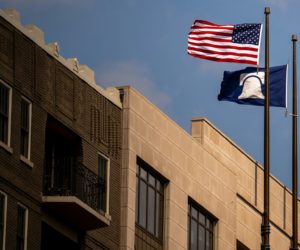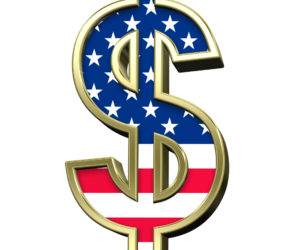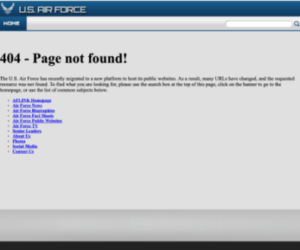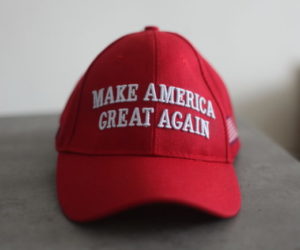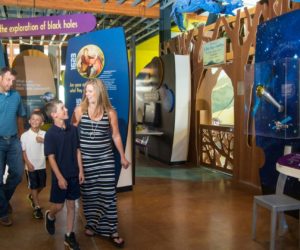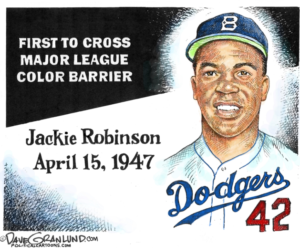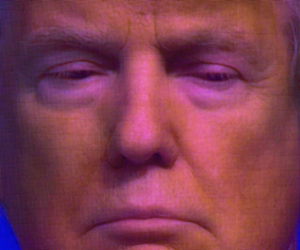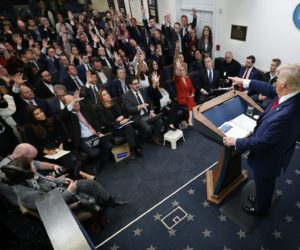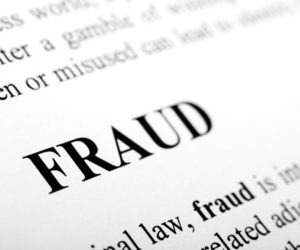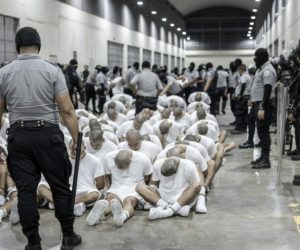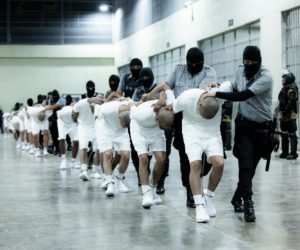
SPOILER ALERT: If you haven’t seen or read 2001: A Space Odyssey [link], this article contains details that reveal important plot developments. So, if you like to be a tabula rasa when you view a film or read a novel, stop here.
1992, or maybe 1997: HAL 9000, the master computer aboard the Discovery spaceship in the fictional film and novel 2001: A Space Odyssey, becomes operational. He will inspire millions of dreams — and some nightmares — of artificial intelligence.
First, the year: When astronaut Dave Bowman is removing the hardware modules that govern the computer’s higher cognitive functions, HAL regresses to his infancy and begins an eerie recitation of bits of his earliest knowledge: “I am a HAL 9000 Computer Production No. 3. I became operational at the H—A—L plant in Urbana, Illinois on the 12th of January, 1992.”
At least that what HAL says in the 1968 film. Director Stanley Kubrick and author Arthur C. Clarke co-wrote the screenplay, inspired by Clarke’s 1950 short story “The Sentinel.” The film was not
based on a novel, but Clarke soloed the novelized version of the screenplay, and he changed HAL’s birth year to 1997.Chapter 16 of the novel clearly states that HAL stands for “Heuristically programmed ALgorithmic computer.” Many film viewers, however, thought HAL was a one-letter-ahead cypher for IBM. In his book The Lost Worlds of 2001 Clarke dismissed that idea as embarrassing, given all the help IBM had given to the film: “We … would have changed the name had we spotted the coincidence.”
HAL’s Pals: The Top 10 Evil Computers also contains plenty of movie spoilers:
Hal wasn’t the first — and won’t be the last — crooked pile of microchips. Here’s a look at the birthday boy’s comrades in computer criminality.
Today would also be a good day to check out the 2005 Webby Award winning site, Kubrick2001: the space odyssey explained.
Arthur C. Clarke died in March at age 90. NPR ran a beautifully done remembrance that among other things featured portions of a 90th birthday remembrance Clarke posted on YouTube.




